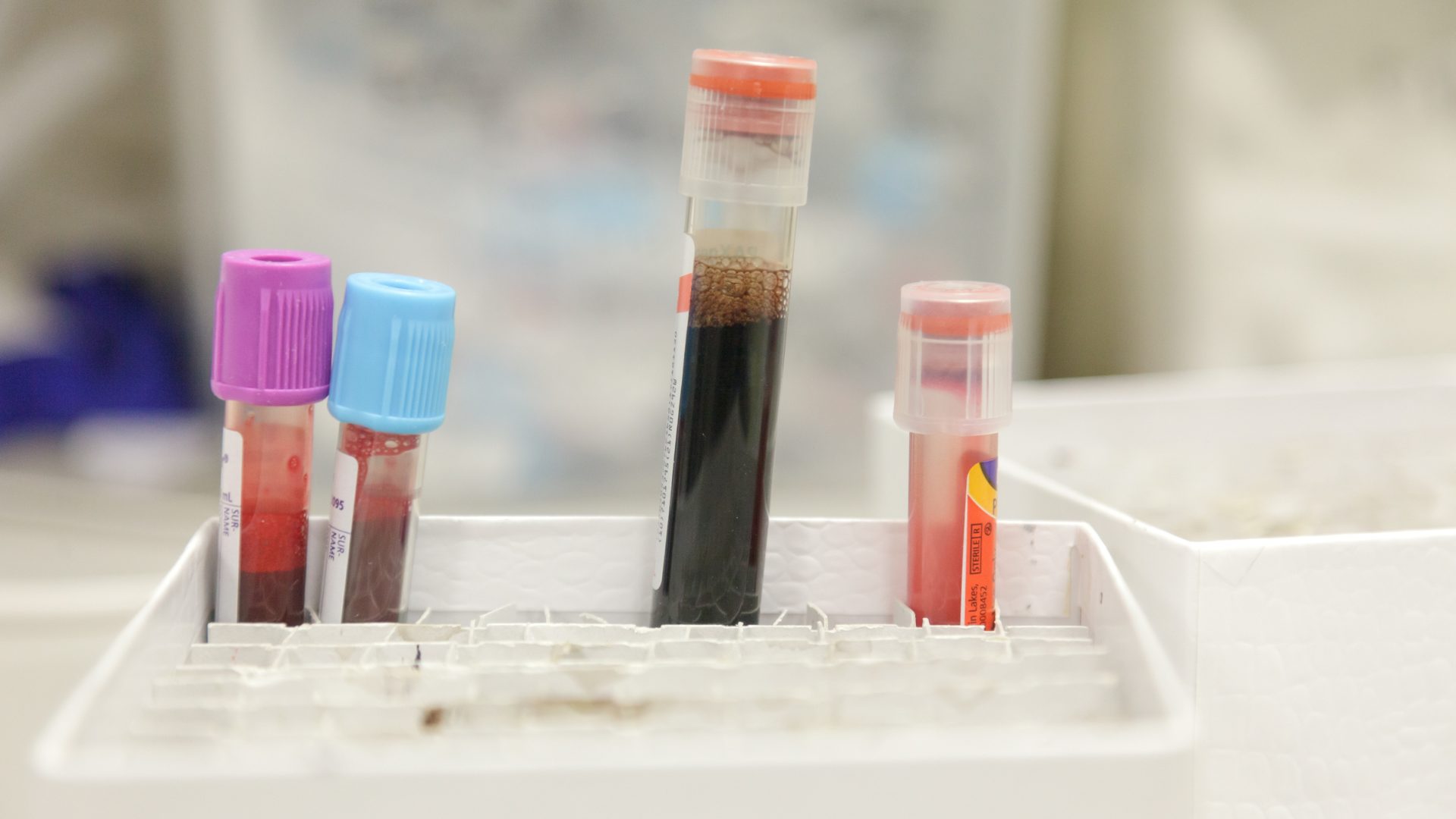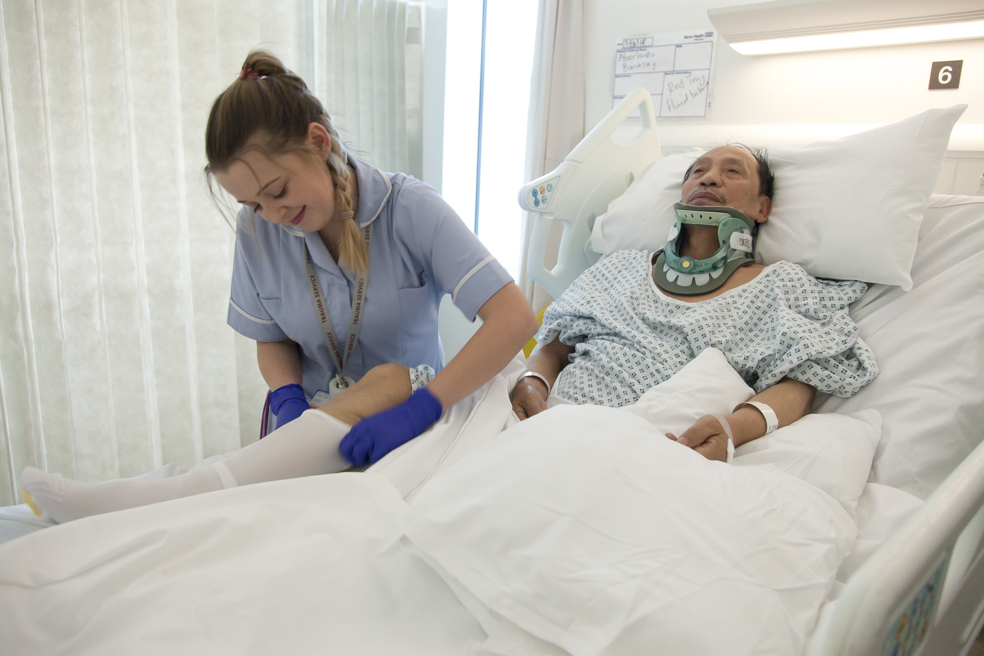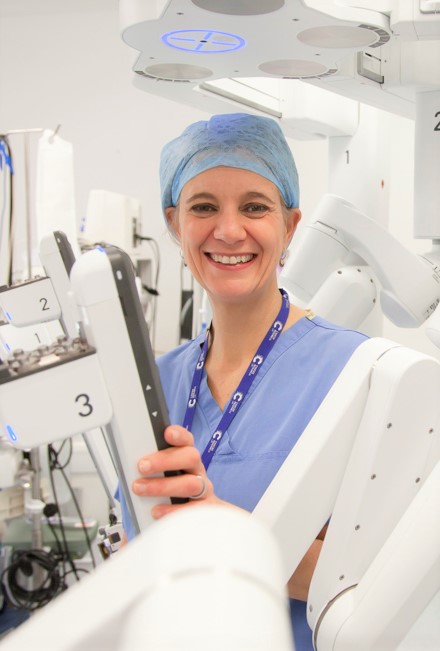
Researching traumatic injuries to find ways to improve treatment
Trauma is the one of the biggest causes of death and disability in the UK, claiming 17,000 lives every year. People most commonly sustain traumatic injuries through road traffic accidents, violent crime and falls, with major bleeding the most common preventable cause of death in trauma patients.
Part of Queen Mary University of London, The Centre for Trauma Sciences was established to reduce death and disability from trauma by researching how the body responds to injury and studying potential treatments. The Centre is partnered with The Royal London Hospital’s Major Trauma Centre, one of the world’s busiest trauma centres which sees over 2,000 patients per year. Researchers work closely with the hospital’s clinical team 24 hours a day, 7 days a week to introduce and monitor new approaches to trauma care.
A new study from the team at the Centre, published in the Annals of Surgery, has looked at data from 1,169 patients treated between 2008 and 2017. Researchers wanted to see how their new approaches to diagnose and treat blood clotting problems affected the survival rates of the most critically injured patients who triggered the Code Red protocol.
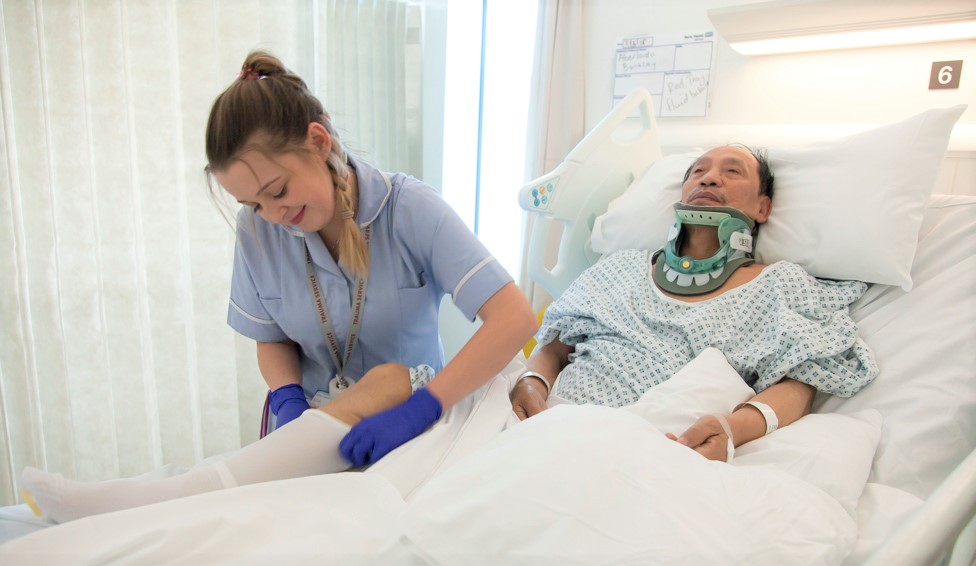
A trauma patient recovers at The Royal London Hospital
Improving survival from trauma
Dr Elaine Cole from Queen Mary University of London, the study’s lead author said: “Changes in transfusion and resuscitation practice for traumatically injured patients that are rooted in research have led to remarkable improvements in survival.
Research and trauma teams working together were able to adapt the Code Red protocol incrementally over time by working within a strong quality improvement network.”
One of these changes was trauma teams using only red blood cell transfusions and clotting components derived from blood, instead of giving clear fluid infusions to patients while they were bleeding.
They also began to deliver blood to patients before they even reached hospital. New devices to diagnose blood clotting problems at the patient bedside were introduced, allowing patient care to be individualised in real-time.
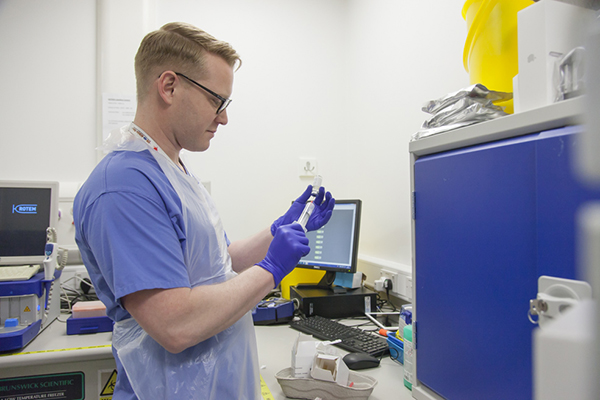
Researcher Richard analysing a blood sample
Through these changes, patients’ clotting problems were better managed and their bleeding was controlled. This meant that the overall number of red blood cell transfusions required by each patient decreased significantly over the decade, while the number of patients who required a massive transfusion of 10 or more units of red blood cell transfusions was reduced by more than half.
In 2008, 48% of critically bleeding trauma patients died in hospital, a proportion which had been reduced to 27% by 2017.
"We have reduced deaths by nearly a half, which is an incredible achievement in such a short period of time."Professor Karim Brohi, Professor of Trauma Sciences at Queen Mary University of London and Director of the London Trauma System
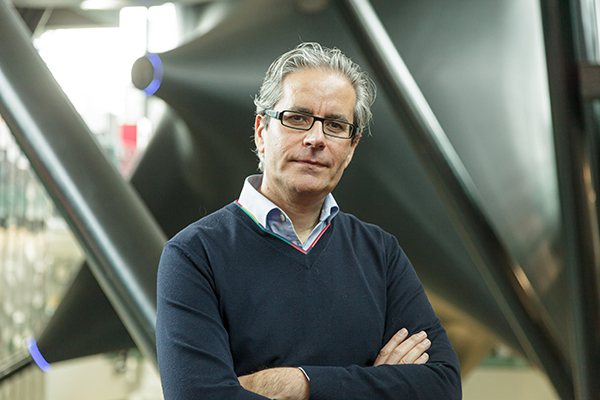
Professor Karim Brohi
Understanding what happens in the first few minutes after injury
Professor of Trauma Sciences at Queen Mary University of London and Director of the London Trauma System, Professor Karim Brohi, adds: “Over 10 years, clinical and research trauma teams have worked hand in hand to understand what happens in the first few minutes after injury and how we can stop patients bleeding to death.
We have reduced deaths by nearly a half, which is an incredible achievement in such a short period of time. There are still many opportunities to improve survival and this study also shows us where we need to focus our attention for the future.”
The new research is featured in the Evening Standard newspaper.
As well as having a direct impact on patients in our East London community, the work of the Centre has been adopted by trauma specialists across the globe.


